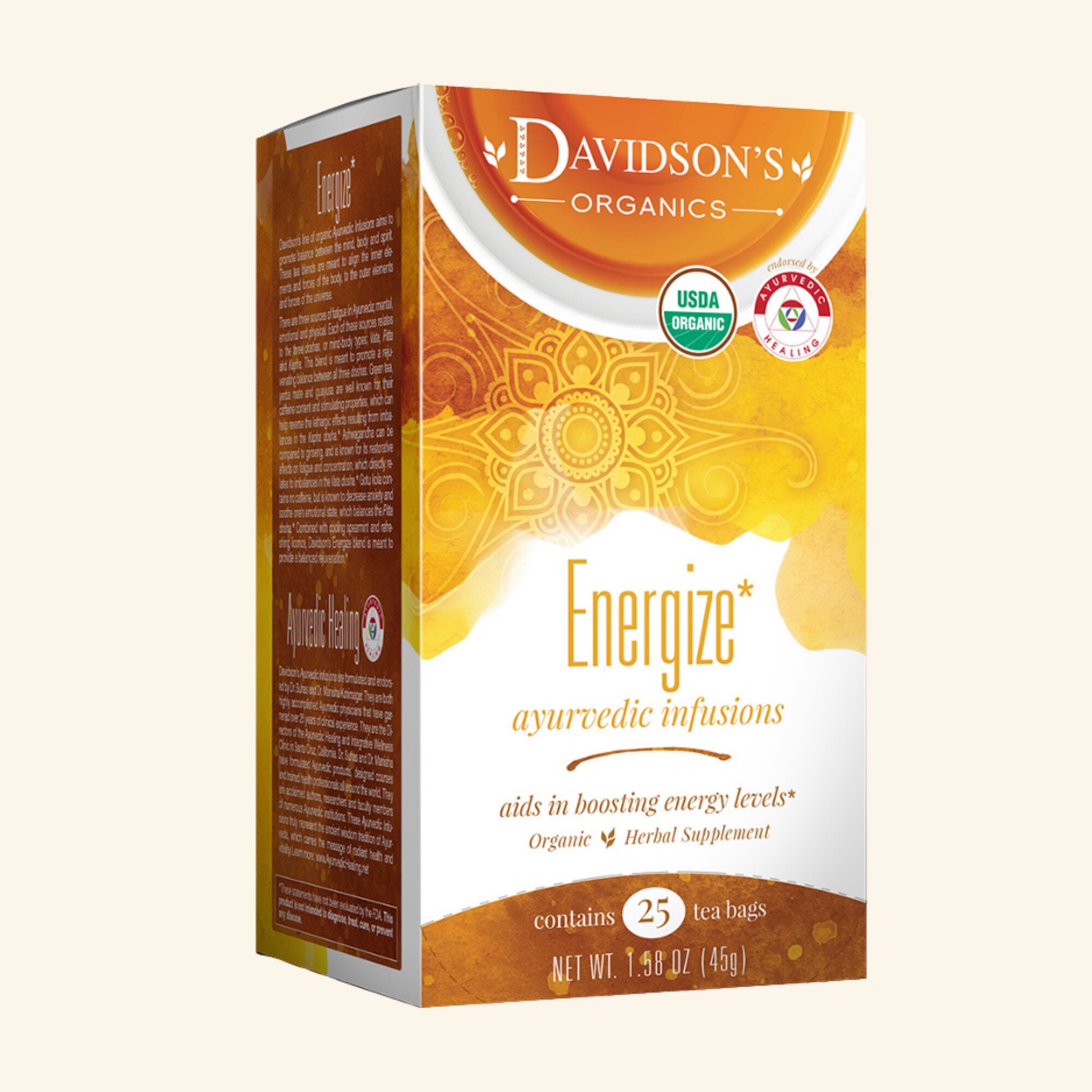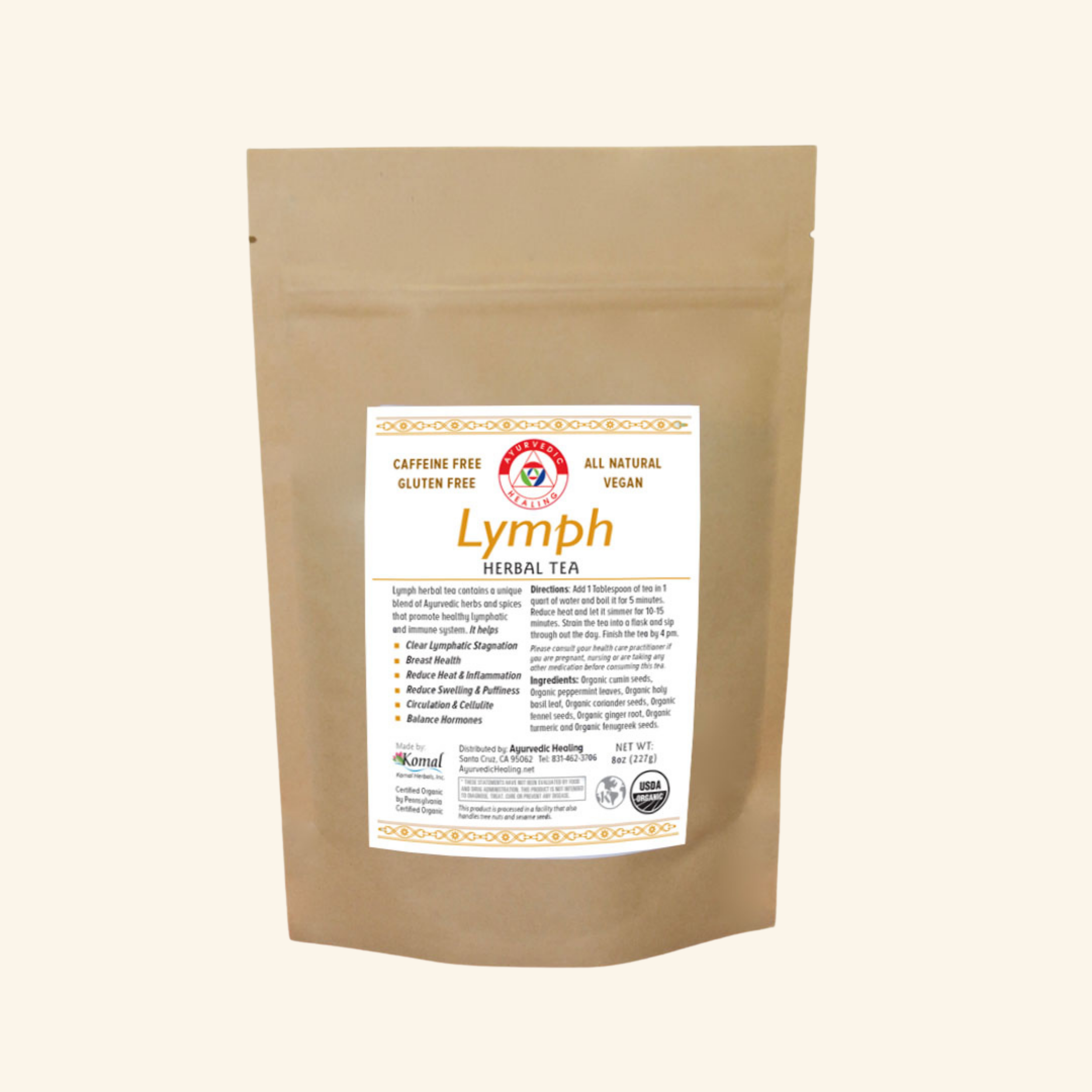Winter is Coming! Listen to Your Joints.
Cloudy skies, heavy air and a general feeling of the nature slowing down--are signs that the weather is changing and it is time to enjoy the last of fall leaves. The nature is hibernating and it might seem like the best time to bundle up and snuggle in with a good book and a warm beverage.
It is also the time to focus on your body, mind, and soul and prepare for the winter. Your digestive system, your nervous system, and your bone health are all linked to your immunity. As we enter the holiday season, let’s focus on the joints. After all, winter is the season when your joints need extra care.
Fall colors greet the eye, the crunchy leaves give way to a cold wave. The winter is coming. Nature knows it. And, so does your body.
About 80 percent of Americans above the age of 50 have reported that they experience joint issues. The root cause could be anything ranging from obesity to overexertion, overuse of joints, a sedentary lifestyle, chronic stress and improper diet.
So, why is it that during summer your joints don’t speak to you much but as the cold waves and snow rolls in, they start creaking? Let’s take a look!
Why are your joints more stiff and painful in the winter/cold weather?
The temperature drops during the winter season that exacerbates the already existing joint pain. In this era of working from home for long hours at a stretch, the air-conditioned surrounding contributes to joint stiffness and aches. With the changes in the humidity and pressure of the atmosphere, arthritis patients and those who suffer from arthritic conditions are vulnerable.
Humidity and moisture fluctuations in the air can result in muscle stiffness, swelling, muscle weakness, and decreased range of movement.
Diet/nutrition to combat aches and pains
Cooked food that is warm, slightly oily (you can use homemade ghee), and flavor-balanced foods which include all of the six tastes are best consumed during winter.
Avoid cold drinks or anything that is refrigerated. Drink water at room temperature and/or warm water. Focus on drinking herbal hot beverages throughout the day.
It is important to switch your diet that focuses on assuaging kapha. However, at the same time, take care that the vata does not increase!
Grains should be cooked! Khichadi (a soupy hot blend of quinoa and rice) are an excellent breakfast at this time! Favor aged grains such as Oats, rice (basmati rice), buckwheat, millet, brown rice, barley, wheat, and rye.
Vegetables that provide warmth to the body such as cooked spinach, carrots, onions, radishes, and other root vegetables need to be included as a part of your winter diet. Make sure that you incorporate hot spices such as chili peppers, cayenne, black pepper, ginger, and garlic in your diet as well. You can add legumes as well, but since it is winter make sure that you add ghee and spices in order to not increase the vata and help wth gas. Legumes for winter: brown lentils, mung beans, urad dal, toor dal, tofu, miso, red lentils.
Even though dairy products are best avoided during the cold months, make sure that you make an exception for a cup of hot Golden Milk or Vital Gold. A little nutmeg acts as a herbal sleep inducer and a piece of ginger makes it good for avoiding congestion at night. You can also substitute a nut milk if you are vegan or have excess mucous production.
Fruits and veggies are a must for balanced nutrition in any season. However, opt for these particular fruits in the cold snowy months of winter: tangerines, peaches, papaya, oranges, grapefruit, dates, bananas, cantaloupe, apricots, soaked prunes, cooked apples, fig.
Seeds and nuts that warm the body and keep the joints lubricated are almonds, pistachios, pecans, cashews, walnuts, pumpkin seeds, hazelnut, pine nuts, sunflower seeds, brazil nuts, peanuts. Don’t forget to include them in your diet!
Speaking of lubricating the joints, it is essential that you keep your body hydrated and at the same time consume oil in different forms in order to maintain flexibility and fluidity in your joints. Ghee is an indispensable ingredient in an Ayurvedic kitchen. Apart from ghee you could also mix up your recipes with almond oil, mustard oil, sprinkle some olive oil on your greens, cook veggies in sunflower or sesame oil or even avocado oil.
If you consume meat, you can opt for eggs, chicken, lean fish, etc.
How to improve lymphatic circulation and lactic acid build up
Lymph or “rasa” or “water of life” is perhaps the most important system in the body. An important part of our physical immune system, when the rasa is not flowing freely, the immunity reduces, skin becomes dry, you experience congestion and there is a buildup of acid reflux or indigestion coupled with stiff joints.
Lymphatic flow can be boosted through body movement, exercise, deep-breathing techniques, appropriate nutrition, staying well-hydrated, and therapeutic massage that enhances the natural pumping system for the lymph.
Herbs and herbal formulations:
--InflaVital: Helps support your body’s natural physiological responses.
-- Energize Tea: It is an anti-inflammatory tea that boosts energy levels and promotes balance between the mind, body, and spirit.
--Lymph Herbal Tea: A blend of Ayurvedic herbs and spices that is caffeine and gluten free. It helps clear lymphatic stagnation, reduces swelling and puffiness, and helps in balancing hormones in addition to enhancing circulation and cellulite.
--Vital joints: Ayurvedic herb Boswellia combined with Glucosamine supports healthy joints.
--Vital Gold or Golden Milk: Contains crucial Ayurvedic roots, herbs, and spices that will help you restore, replenish, and rebuild.
--Vital Acidity Balance: It’s an Ayurvedic formula to help you maintain your stomach acid balance.
Omega 3: The omega-3 fatty acids present in the body in the right amount can boost the blood flow, especially during exercise, and help reduce joint pain and swelling.
Glucosamine and Chondroitin: These are two compounds naturally found in healthy cartilage--the tissue that connects bones and acts as a cushion for the joints.
The importance of daily oil massage (abhyanga) for joint health
Abhyanga is an integral part of the Ayurvedic way of living. A warm oil massage is not only soothing to the mind but also the body, especially the joints during winter.
Ideally, every morning you can warm up some body oil--it can be sesame oil or almond oil. The abhyanga ritual involves applying oil to the entire body in strokes leading towards the heart with circular motion focusing on the joints in your shoulders, elbows, fingers, knees, ankles etc. These are the areas that get stiff during the winter months due to lack of regular movements which we are used to during the summer months.
According to a research published in the Journal of Integrative Medicine in 2018, rhythmic massage therapy with an aromatic oil has a long-term positive physiological impact on the autonomic nervous system. Findings of a study conducted in 2011 showed that the Abhyanga massage significantly reduces subjective stress experience and helps in lowering high blood pressure in those men and women who are prehypertensive.
As we know, stress negatively impacts the autonomic nervous system which leads to reduced heart rate. Abhyanga is a form of rhythmic massage therapy that has been practiced in Ayurveda for eons and western medicine has recently been able to find results that also point in the same direction---rhythmic massage helps alleviate joint pain and enhances the digestive system thus impacting the holistic well-being of the body, mind, and soul.
Gearing up for winter!
Summer fills you up with a sense of purpose because there is vitality all around. The cold, gray and damp winter months might feel daunting. However, maintaining a delicate balance between sticking to a daily predictable routine and doing something new to keep yourself fresh can be key to having a relaxing and rejuvenating winter.
Winter season is a chance to relax your muscles and joints and to make sure that they remain flexible and supple through daily exercise and body movements. Always listen to your body! If the weather is dry and cold you can opt for a gentle exercise routine. If Kapha is stronger with heavy rain or snow, go for a longer and high intensity workout.
A change of season impacts every person differently. It is a time for reflection as well. Aligning our body with nature’s rhythms can go a long way in helping you tap into the positive aspect of the season and invest in rejuvenating and rebuilding your body, mind, and soul.
Sources:
https://www.mapi.com/ayurvedic-knowledge/massage/benefits-of-an-ayurvedic-abhyanga-massage.html
https://www.banyanbotanicals.com/info/ayurvedic-living/living-ayurveda/lifestyle/self-oil-massage/
https://www.banyanbotanicals.com/info/ayurvedic-living/living-ayurveda/seasonal-guides/winter-guide/






